Designing a rainbow garden involves planning and arranging plants to represent the colors of the rainbow, creating a vibrant and visually stunning display. Here’s a step-by-step guide to help you design your rainbow garden:
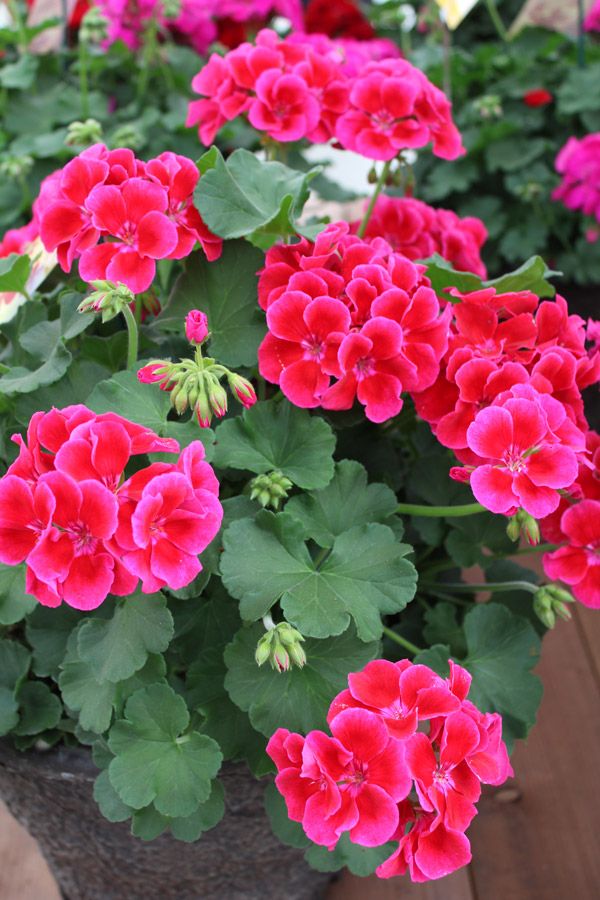
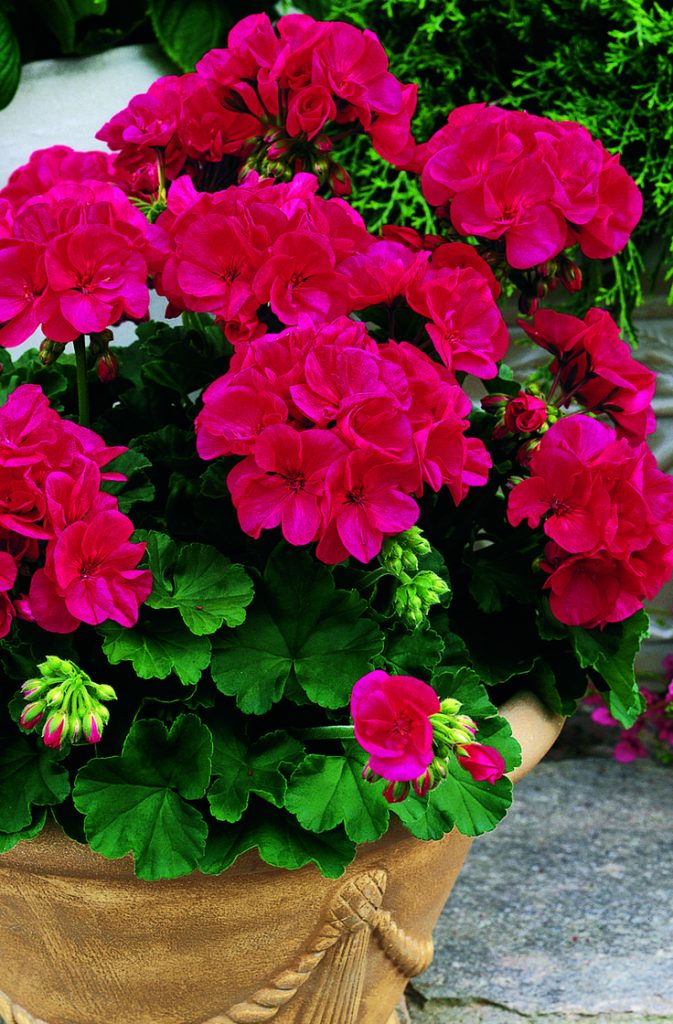
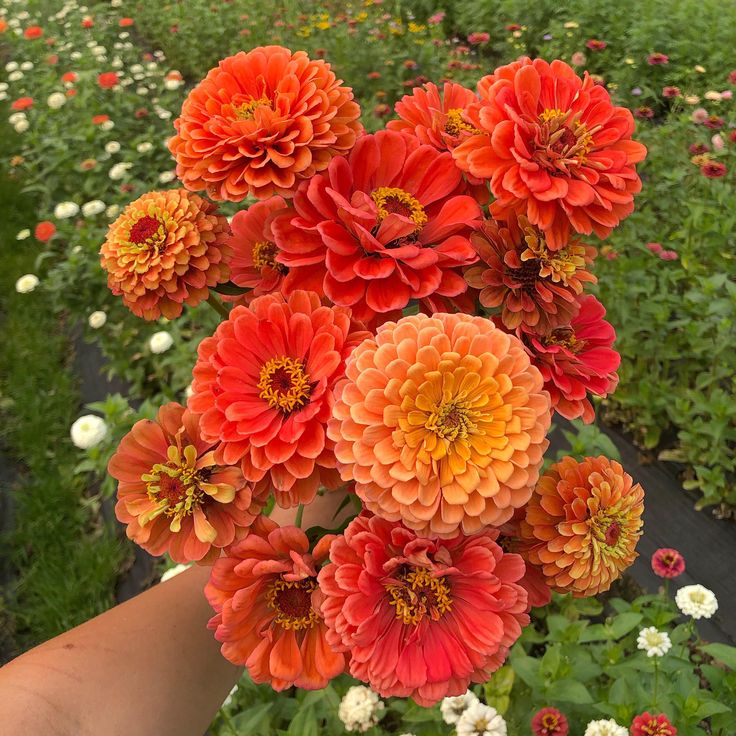
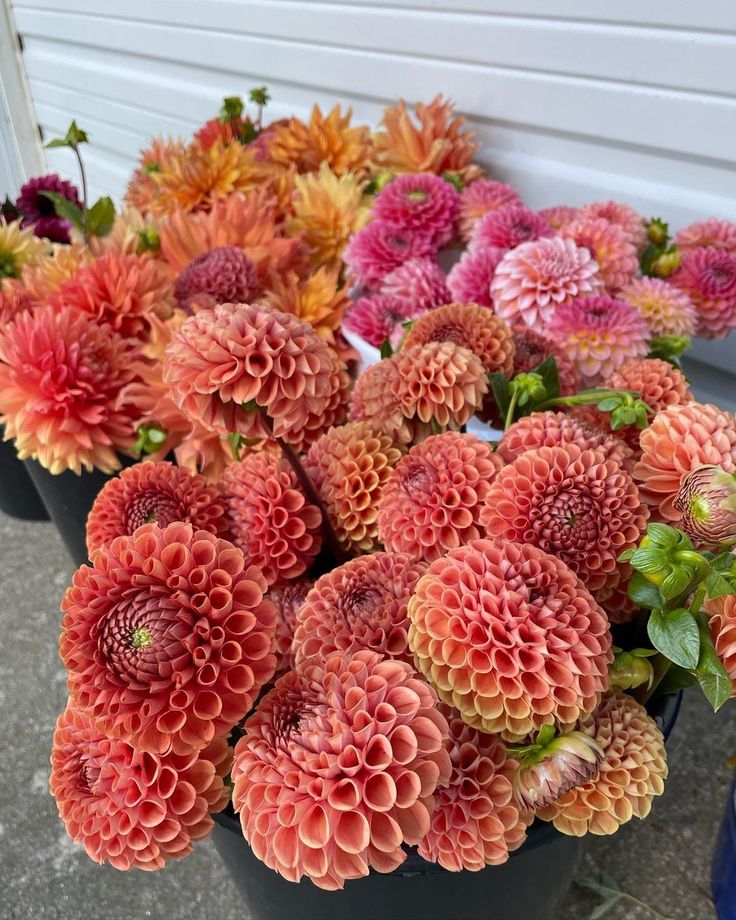
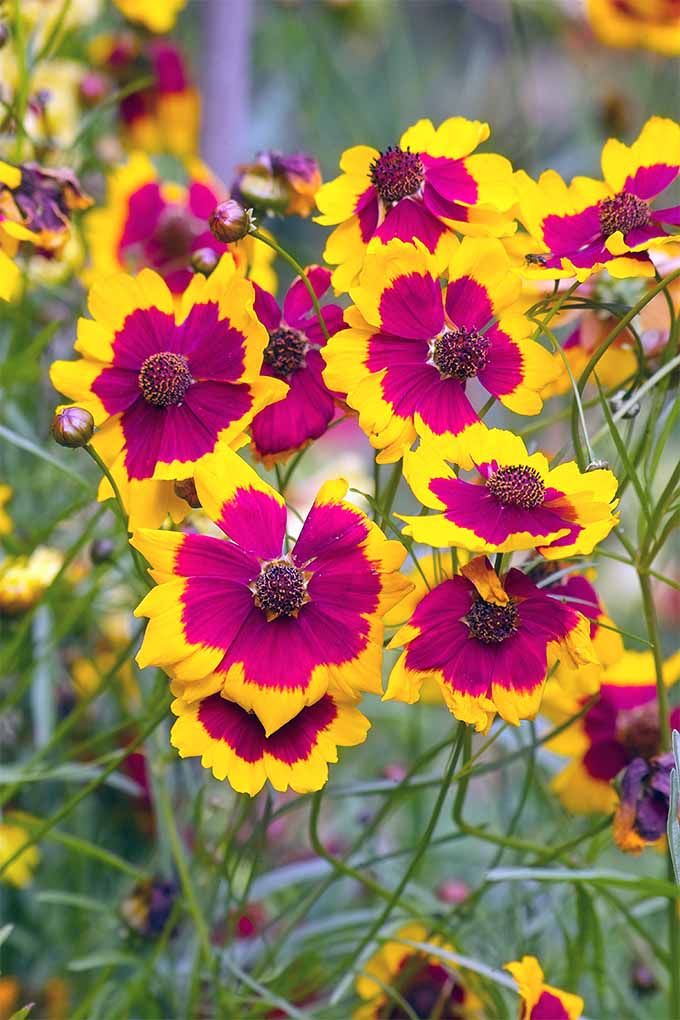
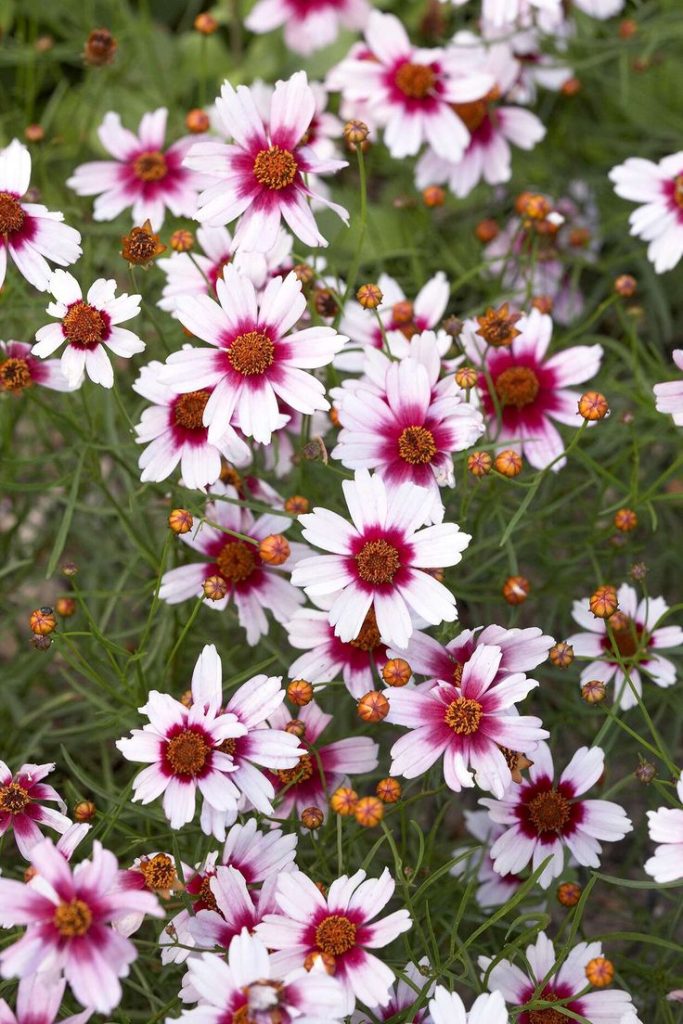
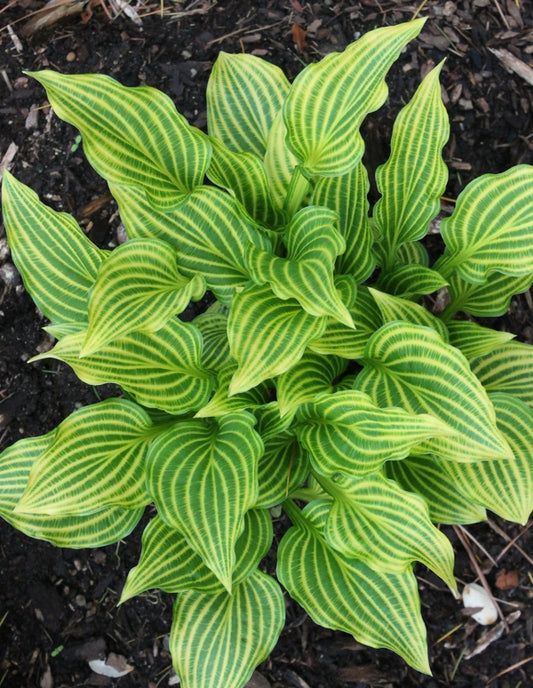
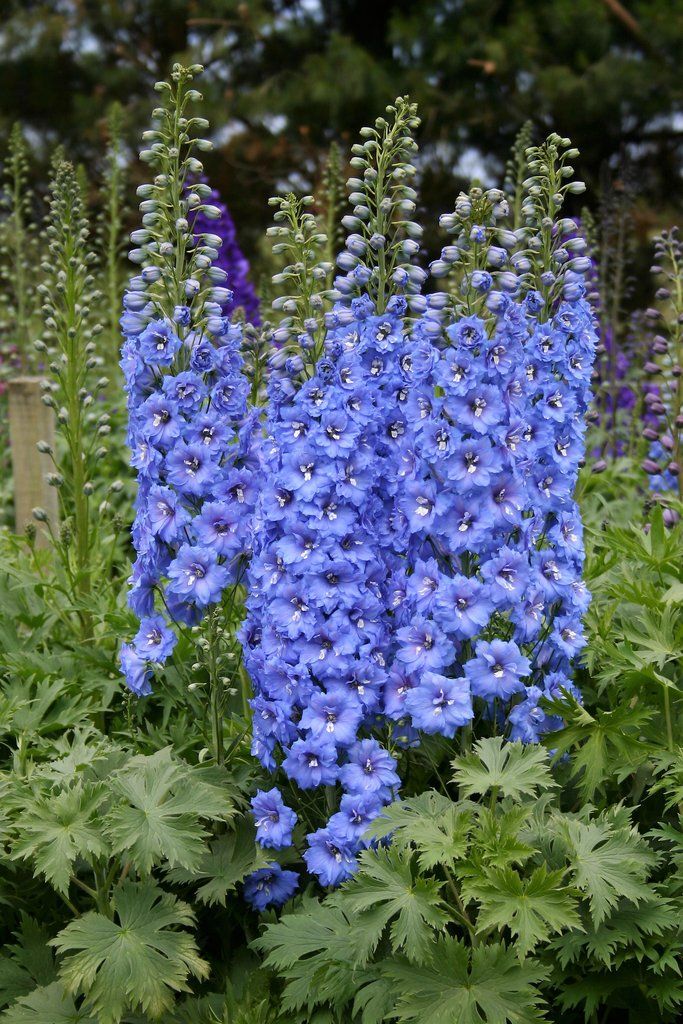
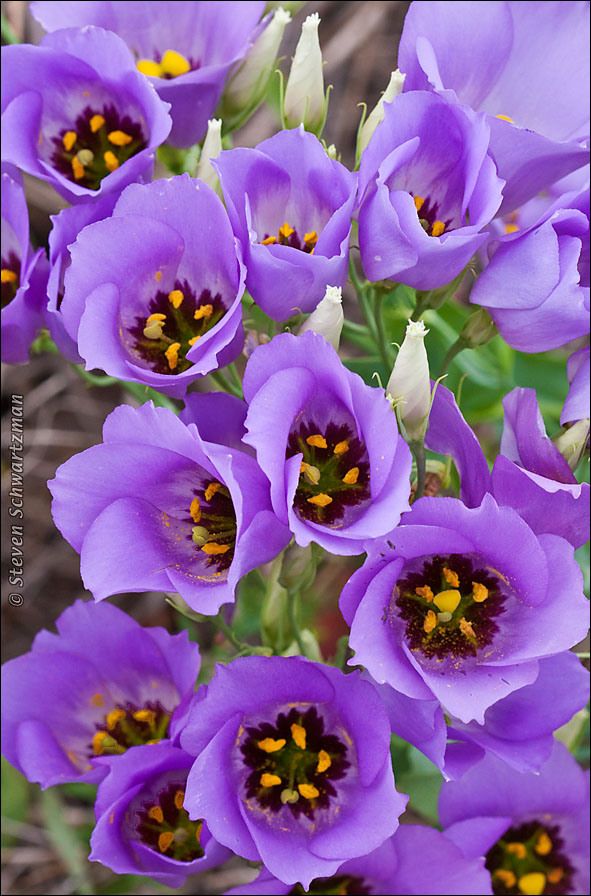
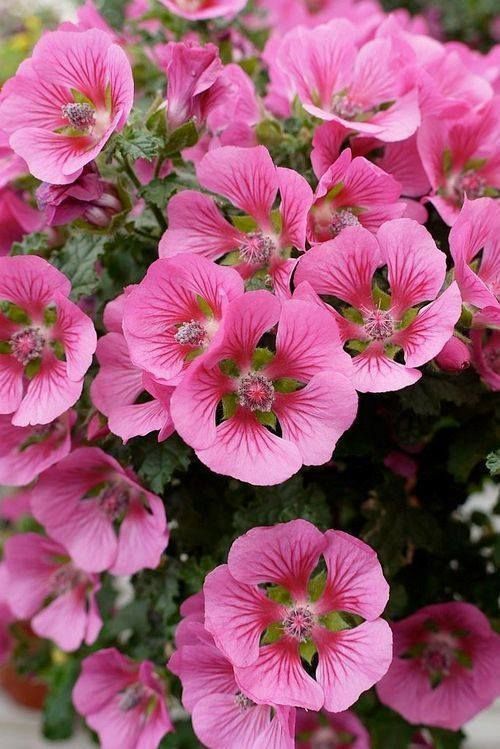
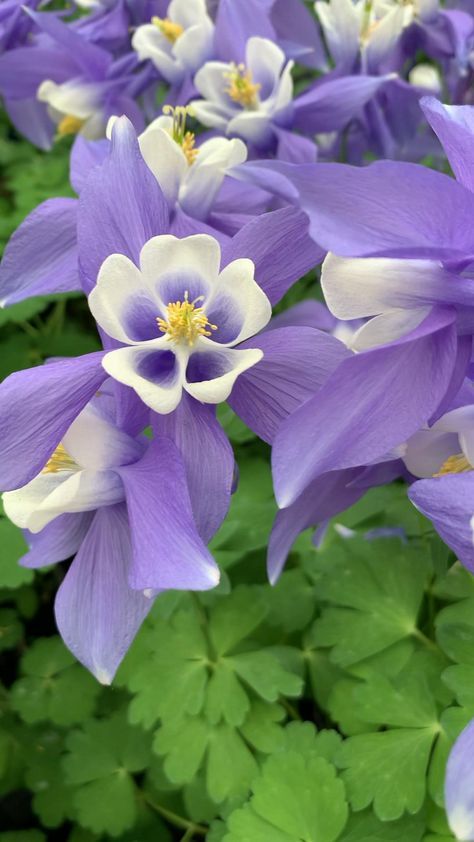
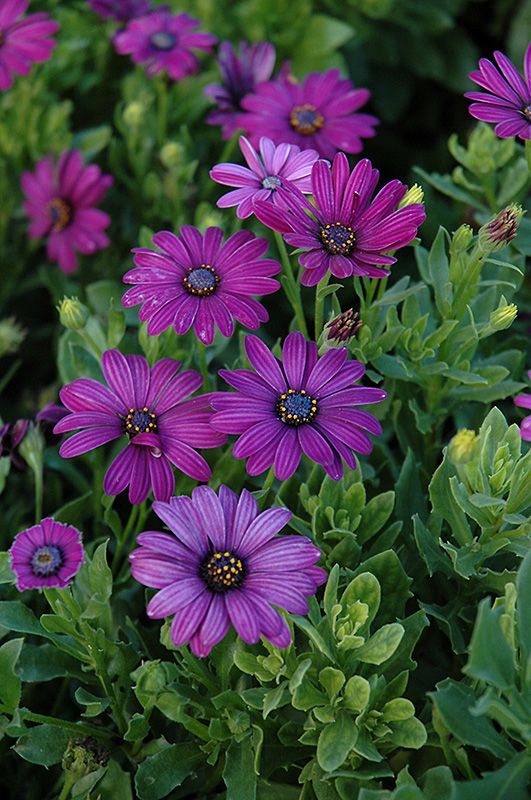
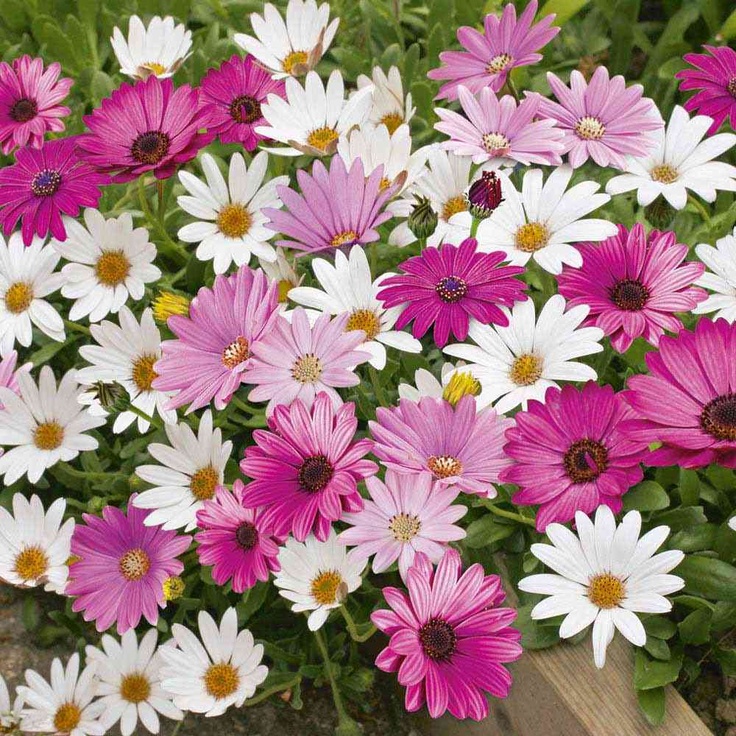
1. Choose a Location:
Select an area with ample sunlight and well-draining soil suitable for your plants. Consider the available space, whether it’s a small plot, raised beds, or containers.
2. Understand the Rainbow Colors:
The traditional rainbow consists of seven colors—red, orange, yellow, green, blue, indigo, and violet. Try to incorporate plants that represent each of these colors.
3. Select Plants for Each Color:
- Red: Choose plants like red roses, salvias, or geraniums.
- Orange: Opt for marigolds, daylilies, or orange zinnias.
- Yellow: Select sunflowers, coreopsis, or yellow daisies.
- Green: Include foliage plants like hostas, ferns, or ornamental grasses.
- Blue: Add blue delphiniums, salvias, or agapanthus.
- Indigo: While true indigo flowers are rare, deep purple flowers like petunias or irises can represent this color.
- Violet: Plant lavender, violas, or purple asters.
4. Layout and Arrangement:
- Create bands or sections for each color, arranging plants in groups or rows according to their color category.
- Experiment with plant heights, textures, and shapes to add interest and variety to each color section.
- Consider the growth habits and space requirements of each plant to ensure they complement each other.
5. Transition and Blending:
- Incorporate transitional plants with multiple colors or variations, such as rainbow chard or coleus, to bridge between color sections.
- Use plants with variegated foliage or blooms that shift between colors to enhance the transition between sections.
6. Maintenance and Care:
- Ensure proper watering, fertilizing, and pruning according to the specific needs of each plant.
- Regularly deadhead or remove faded blooms to encourage continuous flowering.
7. Add Accents and Accessories:
- Introduce colorful accessories like garden art, decorative stones, or colorful containers to enhance the rainbow theme.
- Consider pathways, borders, or mulch in colors that complement or accentuate the rainbow design.
8. Enjoy the Display:
- Once planted and established, step back and enjoy the vibrant display of your rainbow garden.
- Monitor plant growth and adjust as needed to maintain the colorful and harmonious design.
Designing a rainbow garden allows for creativity and expression while creating a visually appealing and joyful outdoor space. Experiment with plant combinations and arrangements to achieve the rainbow effect you envision.